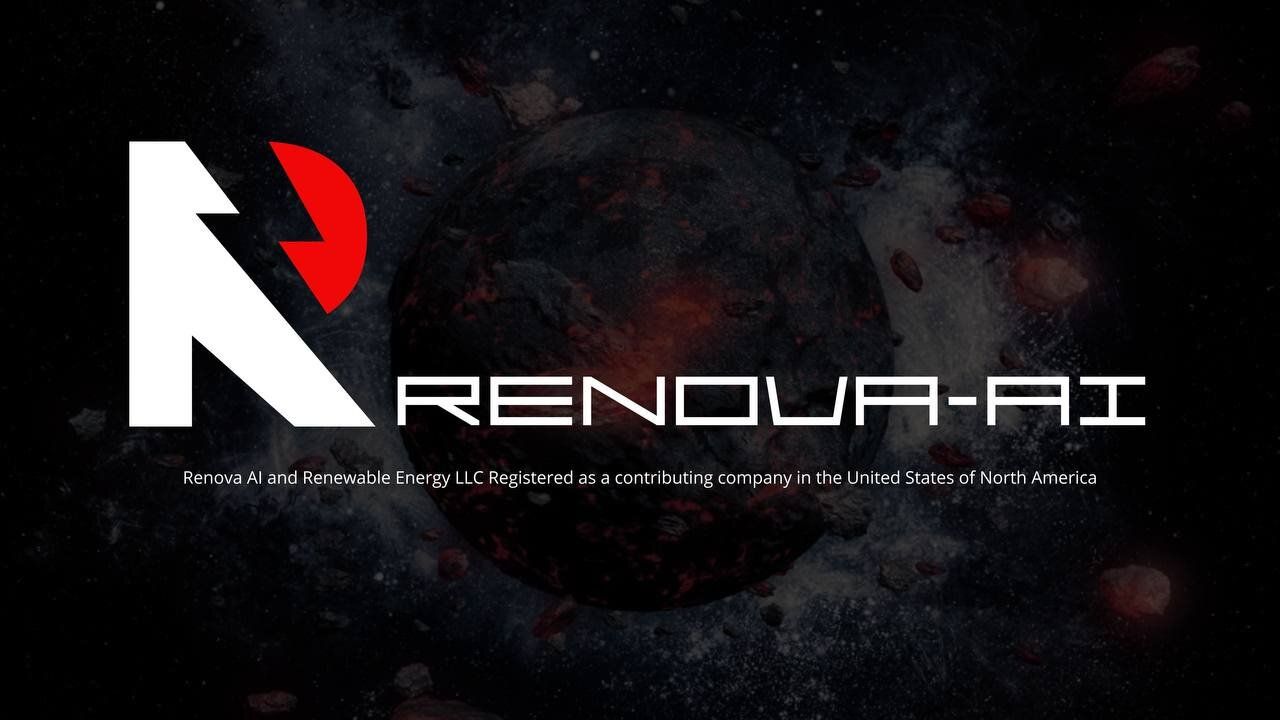Polygon’s MATIC to POL Transition
- Automatic Transition: MATIC holders on Polygon PoS experience seamless conversion to POL.
- Enhanced Utility: POL introduces new functionalities in staking, governance, and ecosystem financing.
- No Deadline for Conversion: Users on Ethereum and other networks have flexibility in migrating to POL.
The Dawn of POL: Polygon’s Strategic Token Upgrade
Polygon has officially initiated the migration from its well-known MATIC token to the newly introduced POL token, marking a significant step in its Polygon 2.0 roadmap. This transition isn’t just a name change; it’s a comprehensive upgrade aimed at enhancing the blockchain’s capabilities.
Why the Change?
The shift to POL is designed to make Polygon’s ecosystem more flexible, particularly in how new token supplies are issued and utilized across its network. POL is described as a “hyperproductive” token, intended to serve multiple functions across Polygon’s expanding universe, including gas fees, staking, and potentially more as the community decides.
For the Users
- Automatic Conversion: If you’re holding MATIC on the Polygon PoS chain, the switch to POL happens automatically, requiring no action from your side.
- Manual Options Available: For those on Ethereum, Polygon’s zkEVM, or using centralized exchanges, manual migration through the Polygon Portal or other means is necessary, though there’s no immediate deadline set for this transition.
🧵 POL Upgrade | Everything to Know 🧵
— Polygon | Aggregated (@0xPolygon) August 27, 2024
Users w/ MATIC on Ethereum can upgrade today via Polygon Portal Interface: https://t.co/Ibs1ONels1
There is no deadline for users to upgrade. All MATIC on Polygon PoS & staked MATIC on Ethereum will upgrade automatically on Sept 4. pic.twitter.com/qKnyYFrlqH
Implications for Staking and Governance
With POL, staking becomes more integral to Polygon’s operations. Validators and stakers can expect to engage in a broader array of services within the upcoming Polygon Staking Hub, slated for 2025. This move not only decentralizes the network further but also potentially increases the rewards system through a new emission rate of 2% annually, split between validator rewards and the community treasury.
The introduction of POL also signifies Polygon’s commitment to community-driven growth. The token’s economics include funding for community initiatives, aiming to foster development and innovation within the Polygon ecosystem. This approach could lead to a more engaged community, directly influencing the network’s evolution.
Market Response and Statistics
Before the transition, MATIC boasted a market cap of approximately $3.6 billion, reflecting strong market confidence which POL inherits.
The new 2% annual emission rate for POL is set to manage inflation while fueling growth, a strategy to ensure sustainability and incentivize participation.
© 2024 Cryptopress. For informational purposes only, not offered as advice of any kind.
Latest Content
- Crypto Market Analysis: Bitcoin, Ether, and Tariff Impacts
- Renova (RVA) Completes 90% of Its Presale at a Price of $0.008 and Announces Upcoming Listing at $0.06 on Platforms such as KuCoin, Huobi, LBank, Kraken, and Bybit
- US Commerce Department Publishes GDP Data on Nine Blockchains in Proof-of-Concept
- The 2nd Edition of the CoinFerenceX Decentralized Web3 Summit: Builders, Investors, and Developers Meet Again to Shape The Web Space
- Google Cloud Unveils Universal Ledger: A Neutral Layer-1 Blockchain for Financial Institutions
Related
- MATIC 2.0 Token Migration: Polygon’s Latest Upgrade MATIC to POL: What You Need to Know About Polygon’s Latest Token Migration....
- Countdown to Ethereum 2.0 The countdown to Ethereum 2.0 has started....
- Governance On-chain governance is a decentralized system for managing blockchain governance conflicts....
- Top Yield Farms on Polygon Here are Polygon's greatest Yield Farms for mining or earn passive earnings....







